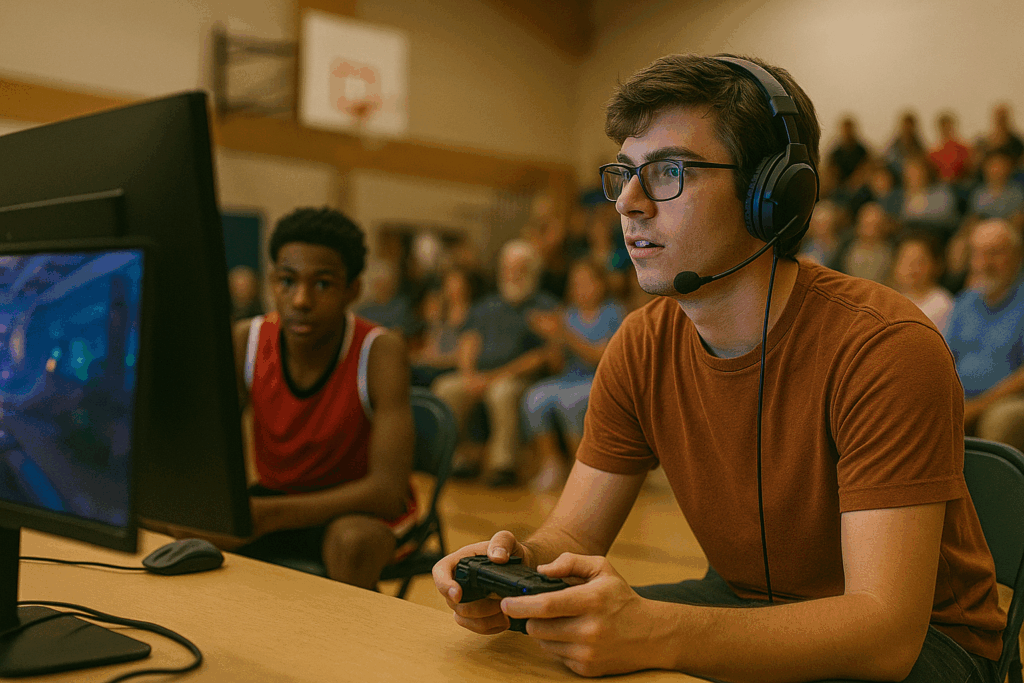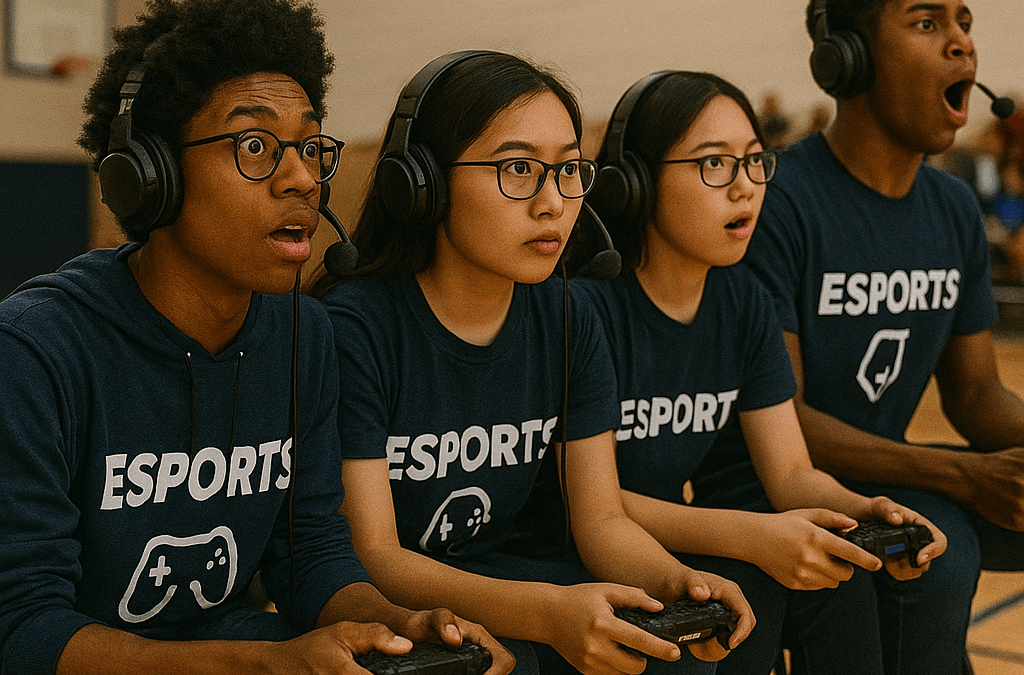Once limited to global livestreams and professional arenas, competitive gaming is now making its mark closer to home. Across high schools, libraries, and rec centers, local esports leagues are transforming casual gamers into community competitors. These leagues are bridging the gap between solo screen time and team-based play, bringing a new meaning to being a hometown hero in the digital age.
Gaming Goes Grassroots

Local esports leagues have exploded in popularity over the past few years, thanks in part to increased access to high-speed internet and more affordable gaming setups. What once required a massive budget and a national sponsor now thrives on school district funding, community outreach, and passionate volunteers. From “Super Smash Bros.” to “Rocket League,” these tournaments are attracting players of all ages and skill levels, often with brackets for middle schoolers, teens, and adults.
Unlike traditional competitive circuits, local esports leagues prioritize inclusion and community over elite status. Players form teams with their friends, classmates, or neighbors, and compete in seasonal leagues similar to community basketball or baseball. These leagues are leveling the playing field—literally and virtually—by making competition more accessible to newcomers and nontraditional athletes.
Building Teams and Friendships

More than just a game, these leagues are proving to be a powerful tool for youth development. Coaches—sometimes teachers, sometimes tech-savvy parents—emphasize teamwork, communication, and strategy. Players learn to trust one another, make quick decisions under pressure, and deal with wins and losses as a group. For many students who may not have connected with traditional sports, esports offers a valuable sense of belonging and purpose.
Parents, too, are coming around to the idea. Where there was once skepticism about screen time, there is now cautious support for structured play. Many parents report improvements in their kids’ social skills and time management, especially when gameplay is paired with good grades or in-school esports clubs. The team environment also fosters mentorship, with older players often helping younger ones navigate the technical and competitive aspects of gaming.
Redefining Local Athleticism

As esports continue to carve out space in mainstream culture, the definition of an “athlete” is also evolving. Reflexes, hand-eye coordination, and tactical thinking are just as crucial in esports as they are in traditional sports. Schools are even awarding varsity letters for esports participation, a nod to the legitimacy of these digital contests. Trophies, championship banners, and pep rallies now feature game controllers and headset icons alongside soccer balls and footballs.
This grassroots revolution also offers a glimpse into the future of hybrid sports culture—one where physical and digital excellence coexist. While esports may never replace the Friday night lights of a football game, it is certainly carving out a well-earned spotlight. And for many young players, these leagues are not just about winning but about being seen, supported, and celebrated for who they are and what they love.

